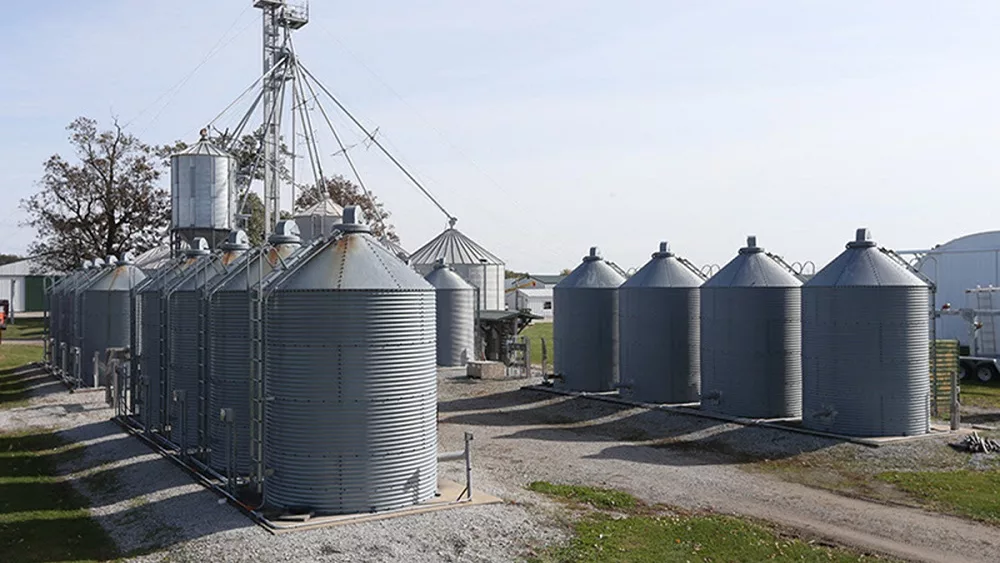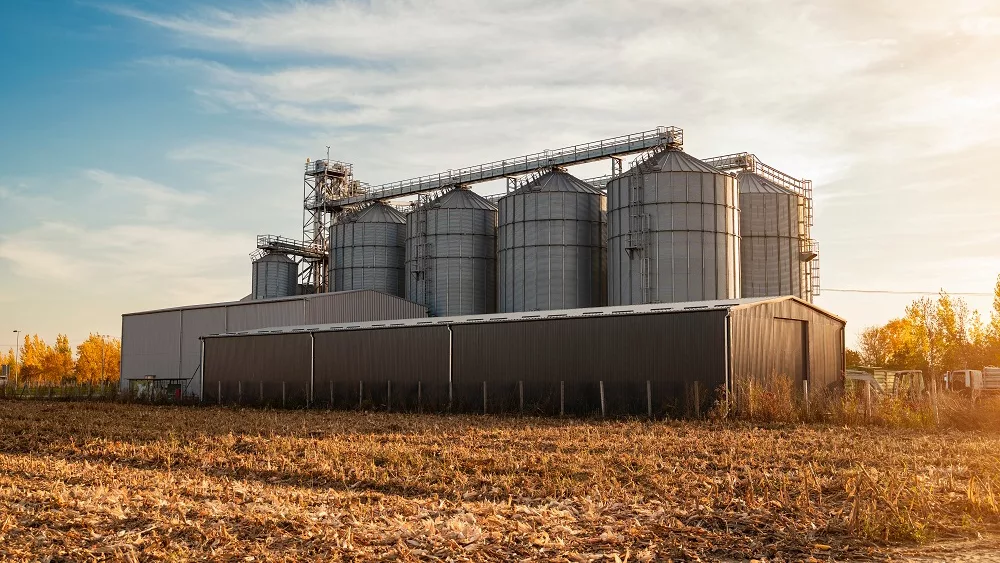SDS Hitting Indiana Soybean Fields Hard

As if soybeans have not had enough stress this year, now Sudden Death Syndrome is showing up in many fields across Indiana. Denny Cobb, agronomist with Beck’s Hybrids, says the cool and wet conditions we had in June and July set the stage for a heavy outbreak of SDS this year, “We knew were going to have this problem. When you have an early onset of a disease and then additional stress at pod fill time, it really infects the plants even more.” The dryness that has set in is starting to be a stress factor on soybeans which Cobb says is making the outbreak of SDS even worse, “We are seeing some very dry fields across the state.”
He added that soybeans will need to see some timely rains in August in order to not see a significant drop in yield, “Soybeans are really dependent on their later roots. So when the top few inches of soil gets dry, it really inhibits the movement of sugars and nutrients around the plant.”
 SDS was ranked as the second leading cause of soybean yield loss in 2014. The damage caused by SDS in 2014 cost soybean growers more than 60 million bushels in lost yield, second only to the damage caused by the soybean cyst nematode (SCN), and nearly equal to the losses associated with general seedling diseases.
SDS was ranked as the second leading cause of soybean yield loss in 2014. The damage caused by SDS in 2014 cost soybean growers more than 60 million bushels in lost yield, second only to the damage caused by the soybean cyst nematode (SCN), and nearly equal to the losses associated with general seedling diseases.
Like many soil pathogens, the severity of SDS is triggered by high moisture levels. A combination of cool and wet conditions in early spring will increase the likelihood of disease outbreak, especially since SDS is well-established throughout the U.S. soybean growing area. The past 5 seasons have seen two major outbreaks of SDS (in 2010 and 2014), evidence that the disease has become an ever-present threat to soybean production.




